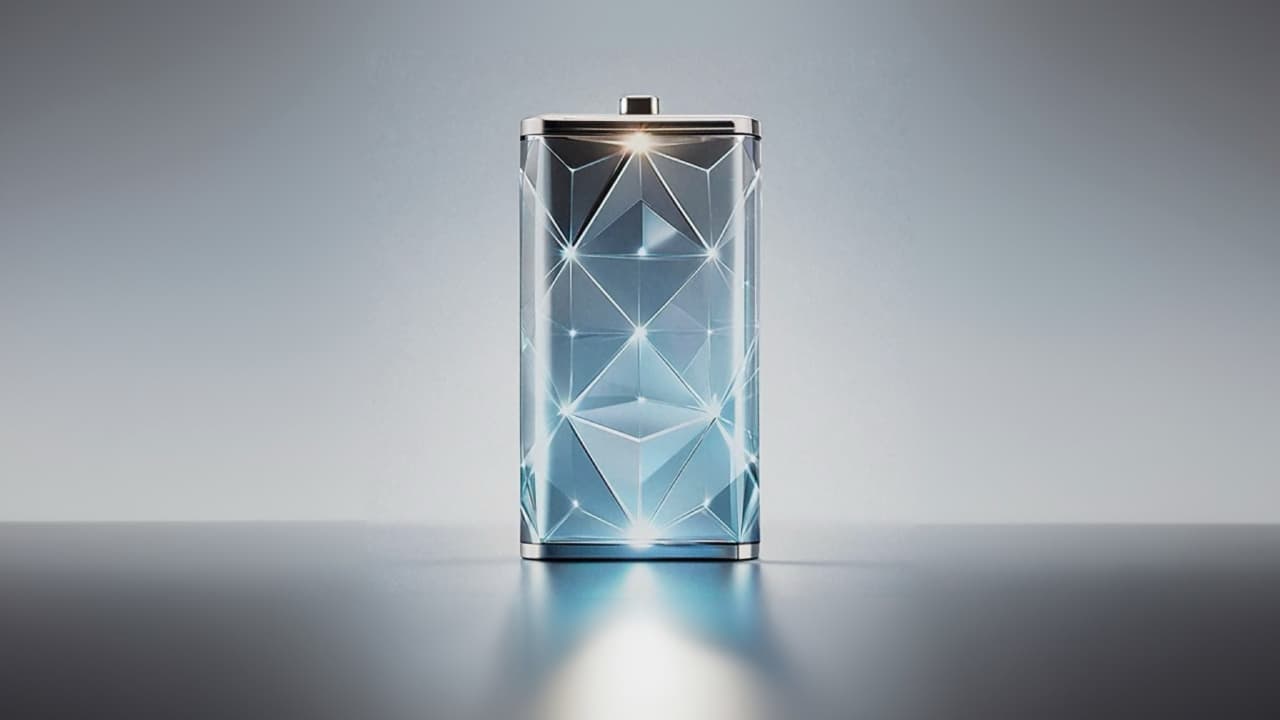
How do you build a battery that will outlast your kit and, potentially, civilisation itself (certainly at this rate)? The answer is to go atomic…
It is probably more of a proof of concept at the moment than anything genuinely useful, but the UK Atomic Energy Authority (UKAEA) and the University of Bristol have co-developed a battery that will last for around 5700 years.
The keenly observant among you will be saying ‘Oh isn’t that the half-life of carbon-14’ and you would be exactly right as the video below shows.
Carbon-14 is the longest-lived radioactive isotope of carbon, and it is that sits at the centre of this new battery and provides the power. Not a lot of power at the moment, it has to be admitted, we’re talking micro-watts here, but it is very early days. The battery is essentially encased in a synthetic diamond. The isotope inside that thin layer emits electrons and it is when they pass through the diamond layer, which is semiconductive, that electricity is created.
Currently it’s about the size of a standard lithium-ion coin battery, but considerably thinner.
There’s a lot of interest in this too. Bio-compatible diamond batteries could be used in medical devices such as ocular implants, hearing aids, and pacemakers where this will outlast the lifespan of the patients themselves. Or they could be used in multiple extreme environments such as space or the deep ocean where changing power sources is a task best described as non-trivial.
The team says that the next decade of development will be all about scaling up production and power, so it might be a while yet before you can lob one into your camera and just forget about it.


Comments